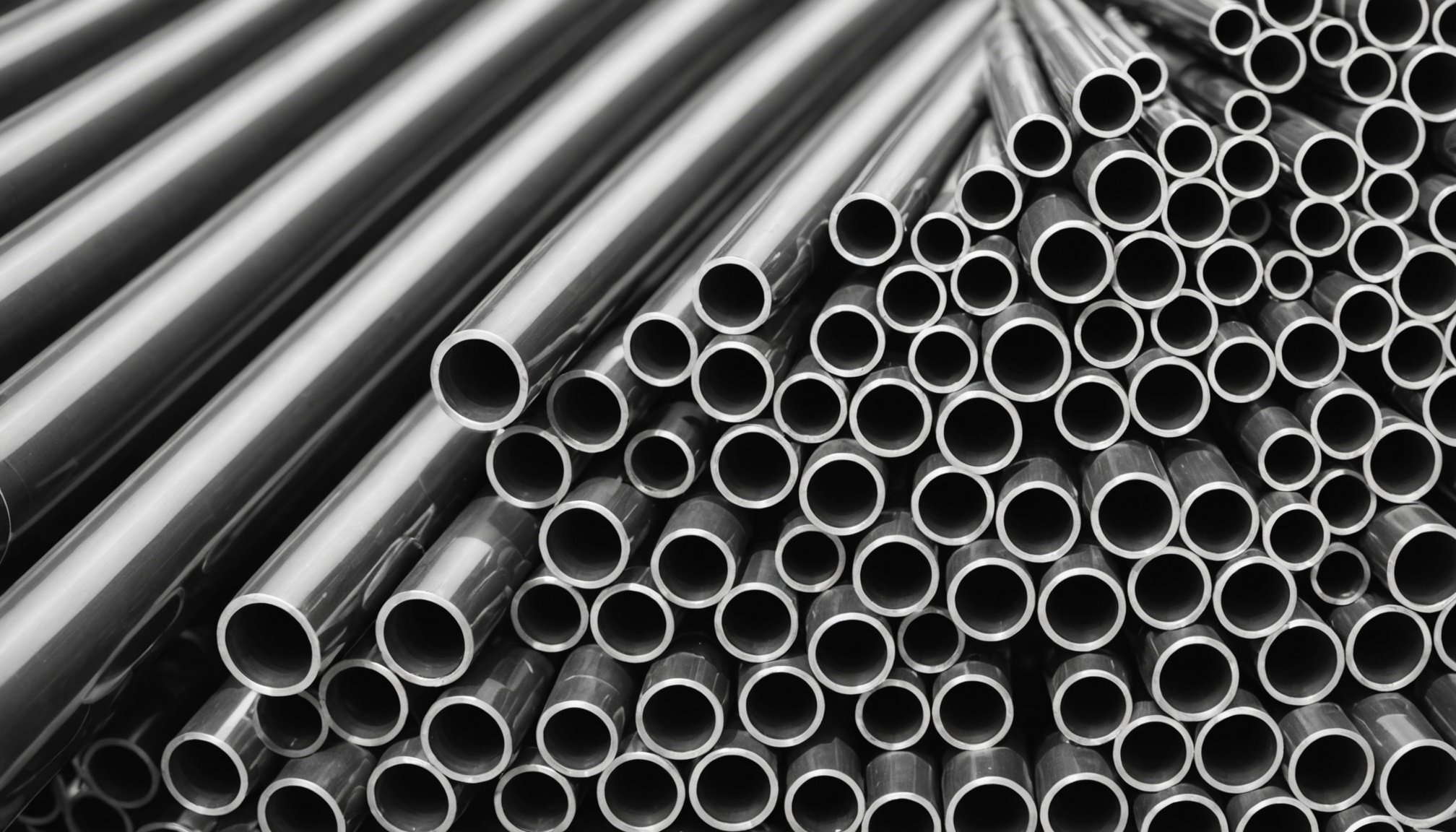Efficient oil tube solutions simplify storage and application for artists and industry alike. Exploring materials, sizes, and innovative paint types empowers users to select the best option for their needs. Whether for traditional oil paints or water-mixable alternatives, understanding modern oil tubes enhances creative control and practical use.
Understanding Oil Tubes: Functions, Types, and Industry Applications
You can view more details on this page: https://www.vallourec.com/our-solutions/oil-and-gas/. Oil tubes serve essential roles in multiple sectors, from automotive engineering to oil and gas and even art. Each application demands unique functions—whether it’s containing, measuring, or transferring oil.
In parallel : What Are the Key Indicators of Success in the UK Business Sector?
In automotive systems, the oil dipstick tube and engine oil pickup tube help monitor and move oil within engines. The oil filler tube allows safe addition of oil, while the oil tank sight gauge tube offers a quick visual reference for oil levels. Engineering relies on these tubes for performance and longevity, with the oil separator pipe and oil transfer tube types ensuring effective distribution and filtering of lubricants. Industrial setups count on the oil suction tube and oil pump pickup tube to draw oil efficiently where it’s needed, minimizing loss and maintaining optimal machinery operation.
Art supplies bring a different perspective. Oil paint tubes are critical for storing and dispensing high-quality pigments. Artists select from a variety of tube sizes and brands, appreciating consistency and ease of use. Similarly, sight indicator tubes in tanks improve visual monitoring of oil inventories.
Also to discover : How Can Small UK Enterprises Prepare for Uncertain Economic Changes?
In oil and gas, robust tube systems guarantee safe and efficient material transfer, as demanded by harsh field conditions. These solutions answer the critical needs of industries that rely on real-time measurement, safe containment, and reliable transport of fluids.
Oil Tube Varieties: Materials, Specifications, and Typical Uses
Common types and specific roles: dipstick, pickup, filler, and sight gauge tubes
Precision: An oil dipstick tube provides a direct channel for measuring oil level with a dipstick, while an engine oil pickup tube draws oil from the sump for circulation. The oil filler tube offers an entryway for replenishing engine or system oils, and an oil tank sight gauge tube gives a clear, visual oil level check in reservoirs.
- The oil dipstick tube must ensure an accurate, sealed path for oil measurement.
- An engine oil pickup tube’s functionality is vital for continuous oil flow, using downward suction and specific bends.
- Oil tank sight gauge tubes are clear or semi-transparent, making quick inspection feasible.
Standard materials: copper, steel, plastic, composites
Most tubes, like the oil dipstick tube or oil cooler tube, are made from copper, steel, or composites. Copper provides flexibility and resistance to underground or heating oil use, making it a favorite for oil pump pickup tube and underground systems. Steel supports higher pressures for the oil level indicator tube or engine oil pickup tube. Composite and plastic tubes are chosen for corrosion resistance, as seen in art or automotive applications.
Industry-specific variations: automotive, oil heating, and art
- In automotive, the oil dipstick tube, oil filler tube, and oil cooler tube are tailored for compatibility with different engines, and sometimes use a flexible oil dipstick tube for easier fitting.
- For heating oil, pipes are typically copper, with underground protection and warning tape routines.
- Artistic use leans on oil paint tubes, packaged for durability and precise color preservation.
Selection, Installation, and Maintenance Best Practices
Criteria for Choosing the Appropriate Oil Tube for the Application
Selecting the correct oil dipstick tube or oil pump pickup tube is essential for maintaining engine reliability. Consider compatibility with engine model, tube diameter, and material: for instance, a flexible oil dipstick tube can adapt to compact engine bays, while a rigid design may suit standard replacements. For oil cooler or oil level indicator tube needs, ensure chemical resistance and heat tolerance align with anticipated temperatures and fluid types. Safety and inspection demands—such as secure seating and visibility—apply equally for both automotive and industrial use. Routine oil tank line inspection supports the longevity of all related tubes.
Step-by-Step Installation and Replacement Guidance
Successful dipstick and tube installation begins with gathering compatible parts and necessary seals. Disconnect and clean the area to avoid contamination. When replacing dipstick tube, gently twist and pull the old component while protecting surrounding parts. Position the new tube precisely—whether it’s a flexible oil dipstick tube or a straight oil level indicator tube—and press or bolt into place as the design requires. Confirm seating before refitting associated hardware.
Maintenance Essentials: Cleaning, Leak Detection, and Repair Tips
Regular cleaning and oil tank line inspection reduce risk of contamination and unseen leaks. Wipe external surfaces and check connections for moisture or residue. To detect leaks in the oil dipstick tube, apply light pressure to observe seepage points. For the oil cooler tube and similar components, scrutinize joints and bends, as debris and corrosion collect there fastest. Apply non-hardening sealants for minor repairs—replace when damage is beyond surface fixes.
Leading Brands, Sourcing Options, and Innovative Solutions
Winsor & Newton stands out for quality in the oil dipstick tube and oil tank sight gauge tube categories, providing consistent product standards for both hobbyists and professionals. BES, renowned in the heating sector, supplies engine oil pickup tube solutions and robust oil tube heater applications designed for demanding underground use. For industrial requirements, Vallourec excels with tailored oil separator pipe overview products—especially in oil and gas, where resilience and efficiency matter most.
Trusted brands for every application
Choose Winsor & Newton for artists’ oil dipstick tube needs, ensuring compatibility and safety in studio environments. BES’s underground oil tank sight gauge tube and engine oil pickup tube lines prioritize corrosion resistance and durability. Vallourec’s reputation hinges on innovative oil tube heater applications and comprehensive oil separator pipe overview solutions that meet current industry demands.
Where to purchase
Oil dipstick tube and oil tank sight gauge tube components are available through retail, specialty stores, and leading online suppliers. BES facilitates next-day delivery for engine oil pickup tube and oil tube heater applications, enhancing access for urgent projects. Specialty platforms stock a broad oil separator pipe overview range, fitting varied installations.
Innovations driving reliability
Recent advances introduce water-mixable artist oils for oil dipstick tube, reducing toxicity. Industrially, enhanced corrosion-resistant coatings now extend the service life of oil tank sight gauge tube and engine oil pickup tube components. Multipurpose oil separator pipe overview solutions, such as those by Vallourec, combine durability with system-wide integration for modern applications.


